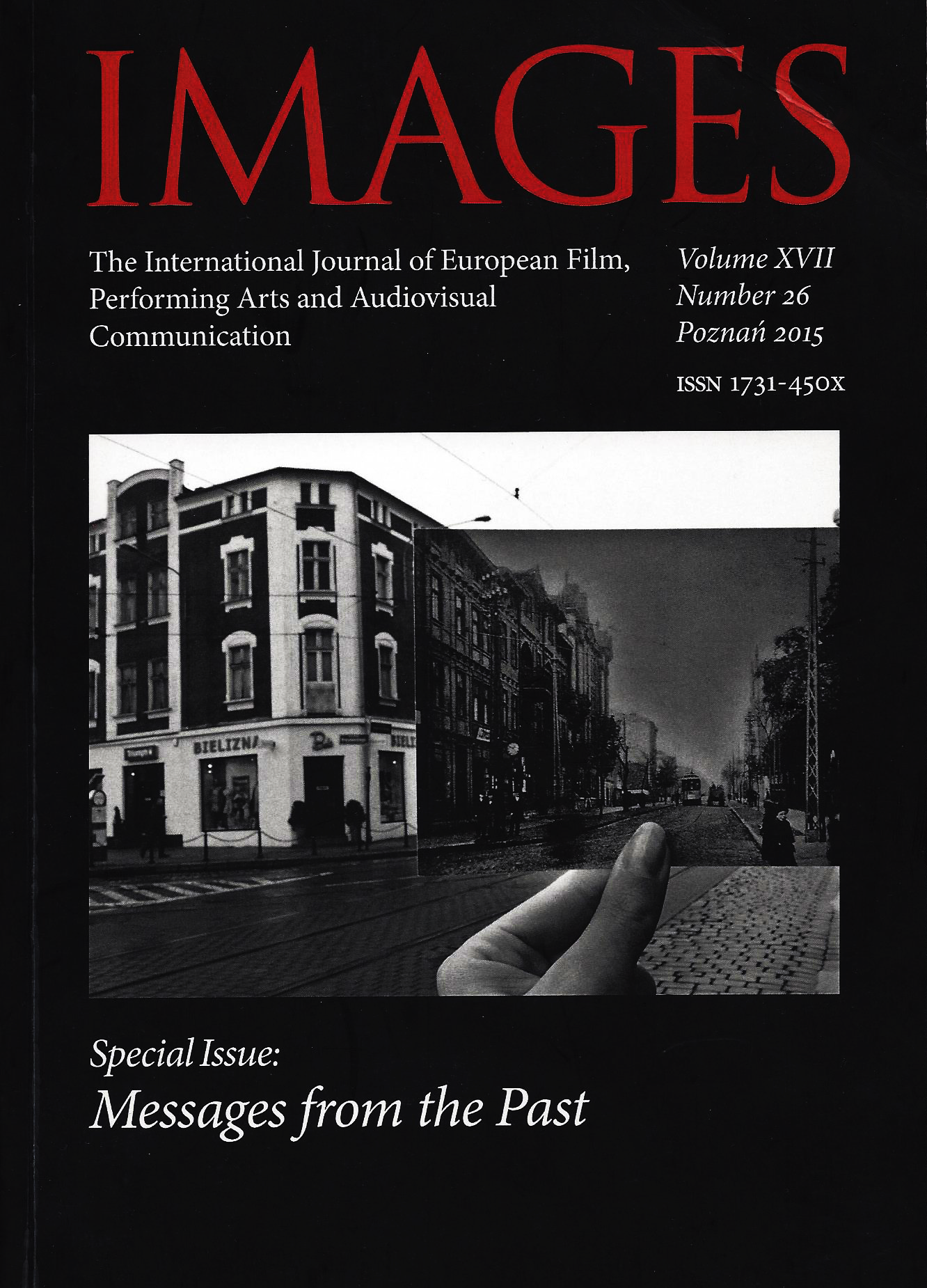Głos Joanny. O paragone sztuk w "Męczeństwie Joanny d'Arc" Carla Theodora Dreyera
Joanna's voice. About paragone plays in "The Martyrdom of Joan of Arc" by Carl Theodore Dreyer
Author(s): Anna Estera MrozewiczSubject(s): Theatre, Dance, Performing Arts, Gender Studies, Film / Cinema / Cinematography
Published by: Uniwersytet Adama Mickiewicza
Keywords: paragone; the theatrical and the cinematic; word and image; close-up; gender; spiritual freedom;
Summary/Abstract: The last mute film in Carl Th. Dreyer’s oeuvre, The Passion of Joan of Arc (1928), is often referred to as a film “made of close-ups” and purely cinematic. Dreyer used to stress himself that close-up was the specific cinematic device that asserted film’s position as autonomous art. He especially insisted on film’s independence from theater. Thus, it might sound quite surprising that in an interview from 1965, Dreyer draws attention to the underestimated, according to him, role of theater in Joan of Arc. In my essay I focus on the theatricality in Dreyer’s film, arguing that “the theatrical” and “the cinematic” are two strategies used to present two different worlds of ideas and beliefs: that of the judges, clergymen and inquisitors, which at the same time is the world of males, and that of Joan, an illiterate woman who strives alone for her idea against a group of powerful men. What we observe in the film is a growing presence of ‘the cinematic’, the strategy allied with Joan, who in the final scene triumphs over the judges, just like cinema triumphs over theatricality.
Journal: Images. The International Journal of European Film, Performing Arts and Audiovisual Communication
- Issue Year: 7/2009
- Issue No: 13-14
- Page Range: 181-190
- Page Count: 10
- Language: Polish

